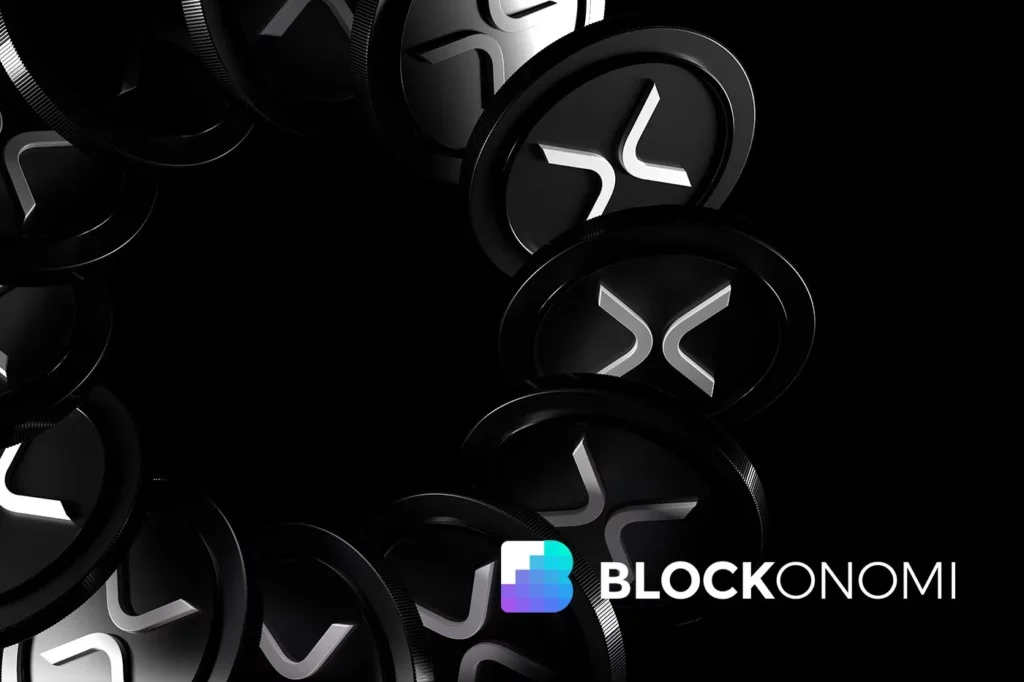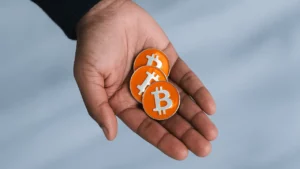
BDACS Brings XRP Custody to Korea as Price Faces Critical Test
XRP tests a critical price level while BDACS launches regulated custody, bringing institutional demand into play.
As the cryptocurrency market holds its breath, a crucial development is unfolding in South Korea. Regulated custodian BDACS has rolled out XRP custody support for institutions, a move that combines with technical pressure to create a pivotal moment for XRP.
The XRP price is hovering near $2.96, a level considered critical by traders and analysts alike. This threshold aligns with the .382 Fibonacci retracement, both on shorter-term charts and across broader market structures. According to CasiTrades, holding this level would maintain the bullish trend. On the other hand, a breakdown could flip momentum and prompt a reevaluation of positions.
Currently, XRP is trading at $2.93, representing a 3.62% decline in the last 24 hours and a weekly loss of 6.73%. However, RSI readings hint at the possibility of a bullish divergence on smaller timeframes, suggesting buyers are quietly defending this area.
BDACS has taken a strategic step by integrating XRP support into its offerings. The regulated custodian announced the launch on Twitter, highlighting its expanded partnership with Ripple and further solidifying its position in the Korean market. This development underscores BDACS’ commitment to catering to institutional clients seeking compliant trading experiences.
Industry observers suggest that this move not only reflects the growing institutional interest in digital assets but also paves the way for regulated, large-scale investments in one of the world’s most active crypto markets.
The combination of fresh custody access and a decisive price level sets the stage for a tense moment. Traders are focused on price charts while institutions are examining custody rails. The outcome at $2.96 will determine the market’s short-term trajectory.
In conclusion, it is crucial that XRP buyers maintain their support at $2.96, as any failure to do so could lead to a deeper pullback before the next upward movement can resume.
Source: blockonomi.com


